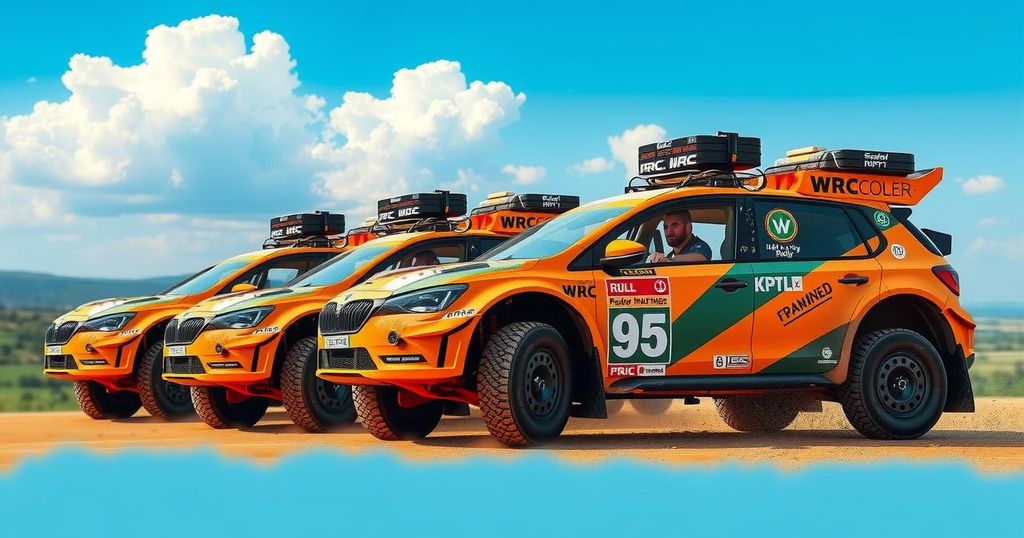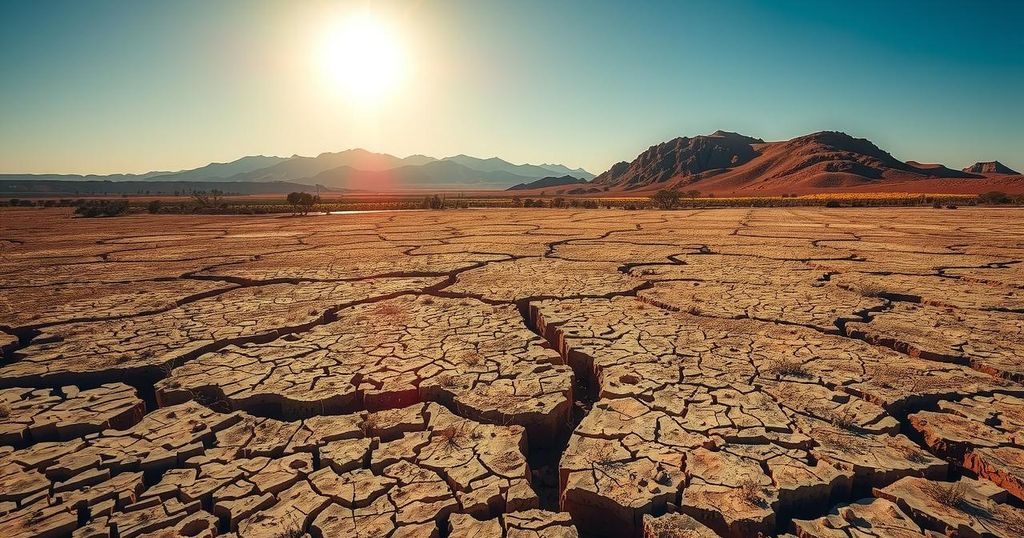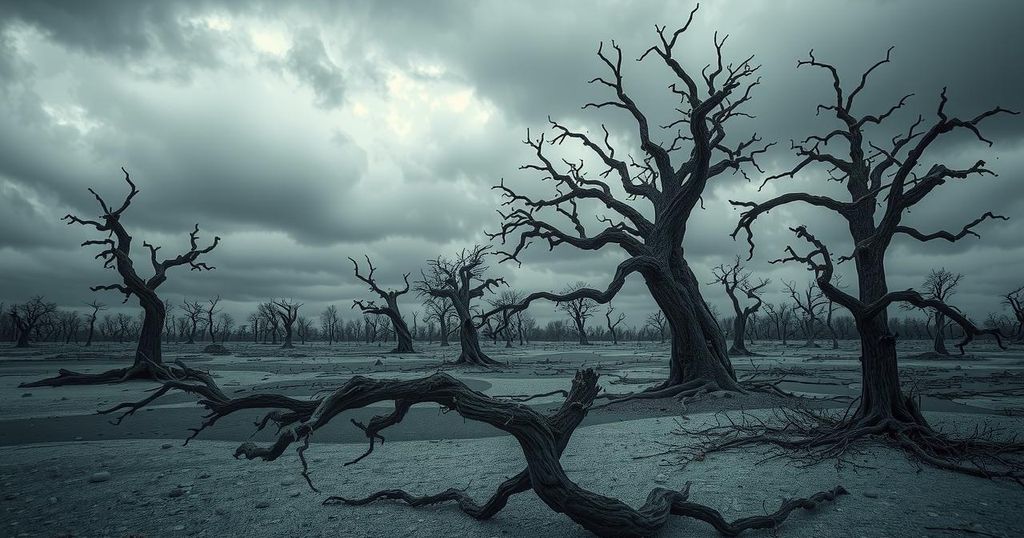Understanding the Unique Modifications of WRC Cars for Safari Rally Kenya
The Safari Rally Kenya is the only WRC event with significant car modifications, necessary to navigate the country’s challenging terrain and unpredictable weather. Key enhancements include snorkels for water crossings, taller suspension for tough roads, and engine adjustments for high altitude. This year’s event features 39 competitors, significant global viewership, and top car brands like Toyota, Hyundai, and Ford.
The Safari Rally Kenya, scheduled for this weekend in Naivasha, is distinguished among World Rally Championship (WRC) events due to its unique visual and mechanical modifications. These alterations are essential, as they enable vehicles to endure the challenging racing routes, renowned for being some of the most arduous globally.
The rugged terrain and unpredictable weather in Kenya pose formidable tests for both drivers and their machines. The official start of the event will take place today, March 20, featuring a flag-off by President William Ruto before proceeding to the Super Special Stage in Kasarani, followed by a journey to Naivasha in Nakuru County.
Competitors will navigate a demanding 384 competitive kilometers, representing the longest rally distance of the year, filled with treacherous roads, deep water crossings, and swift sections. Key modifications to the cars include a snorkel, which is a raised air intake vital for preventing the engine from ingesting water during deep crossings, thus averting stalling incidents.
Moreover, the suspension of the cars has been elevated to suit the Safari Rally’s requirements. This adaptation is crucial for managing relentless undulations, sharp ruts, and large rocks that could abruptly conclude a rally. Achieving an optimal balance between ground clearance and stability is imperative to ensure not only survival but also speed in the rapid stages of the race.
Due to its high-altitude location, Naivasha presents special challenges for engine performance, as the thinner air reduces power output. Therefore, teams recalibrate engine maps to enhance power, which is vital for drivers as they maneuver through the stunning African landscape. This year, the rally has attracted 39 drivers from various countries, with an anticipated global audience of over 85 million and approximately 100,000 fans expected to attend in person in Naivasha.
Among the participating vehicles are notable brands such as Toyota, Hyundai, and Ford. Aiming to disrupt Toyota’s dominance in the Safari Rally since its return to WRC in 2021, Hyundai Motorsport will be represented by drivers Thierry Neuville, Ott Tänak, and Adrien Fourmaux in their i20 N Rally1 vehicles. M-Sport Ford will field three Puma Rally1 cars driven by Grégoire Munster, Josh McErlean, and Jourdan Serderidis, while reigning WRC2 champion Oliver Solberg leads in a Toyota GR Yaris Rally2, accompanied by Kajetan Kajetanowicz making his debut in a similar vehicle.
In summary, the Safari Rally Kenya’s distinctive modifications to vehicles reflect the demands of one of the world’s most challenging racing environments. With crucial enhancements such as snorkels for water protection and elevated suspension for terrain navigation, teams are well-prepared for the extensive rally route. As the event garners global attention, it showcases the intense competition among leading car manufacturers and drivers, promising thrilling displays of skill and endurance.
Original Source: www.the-star.co.ke




Post Comment